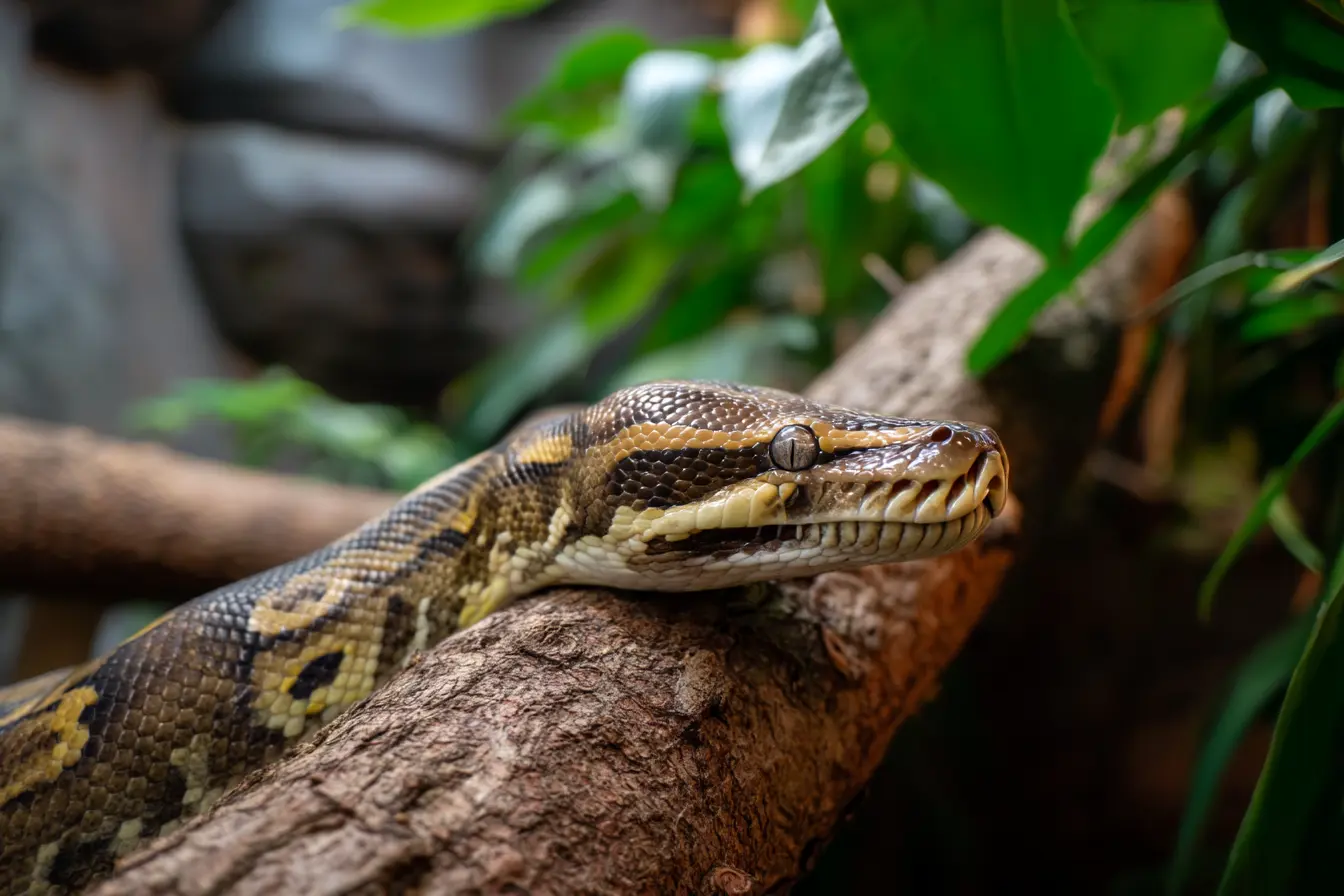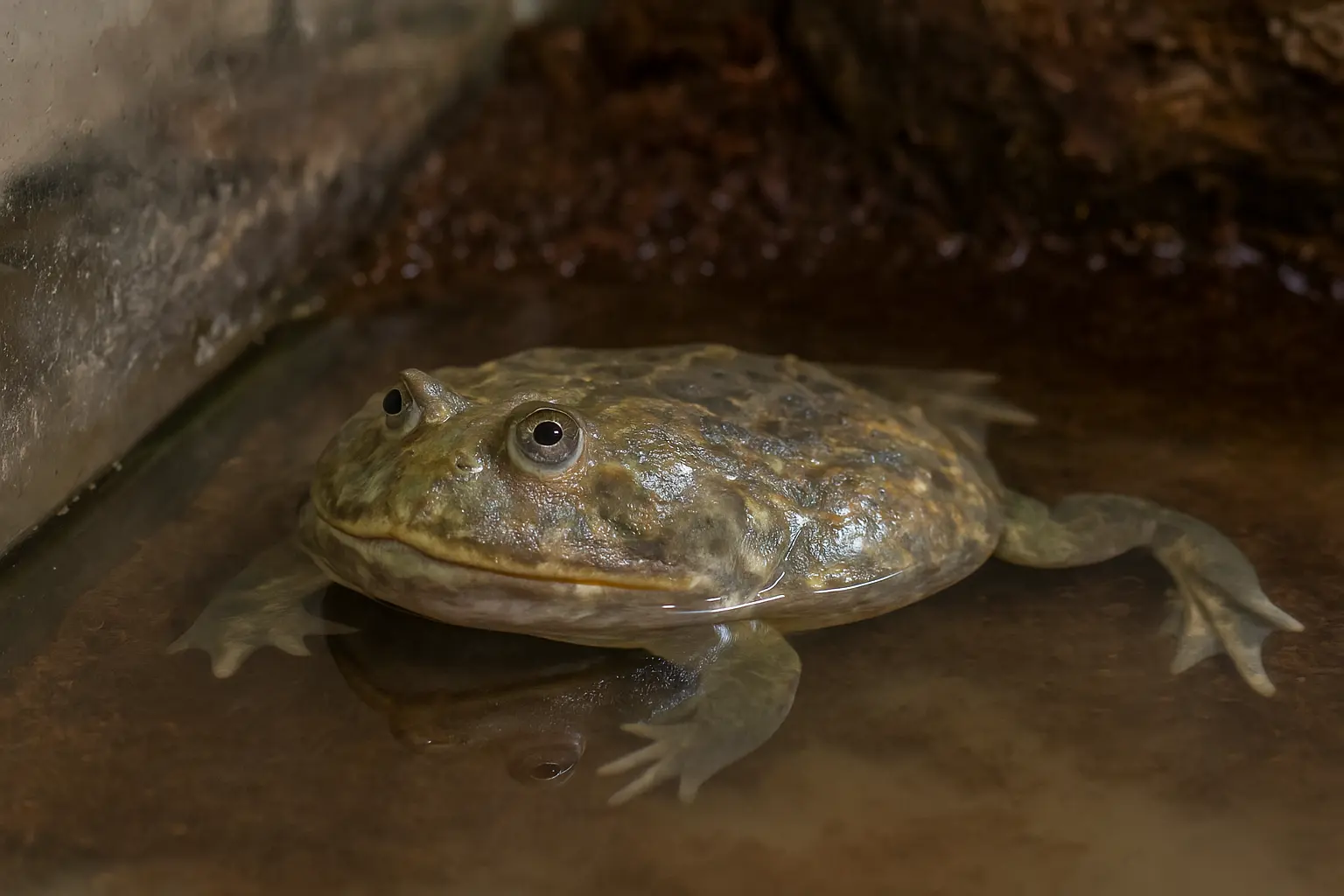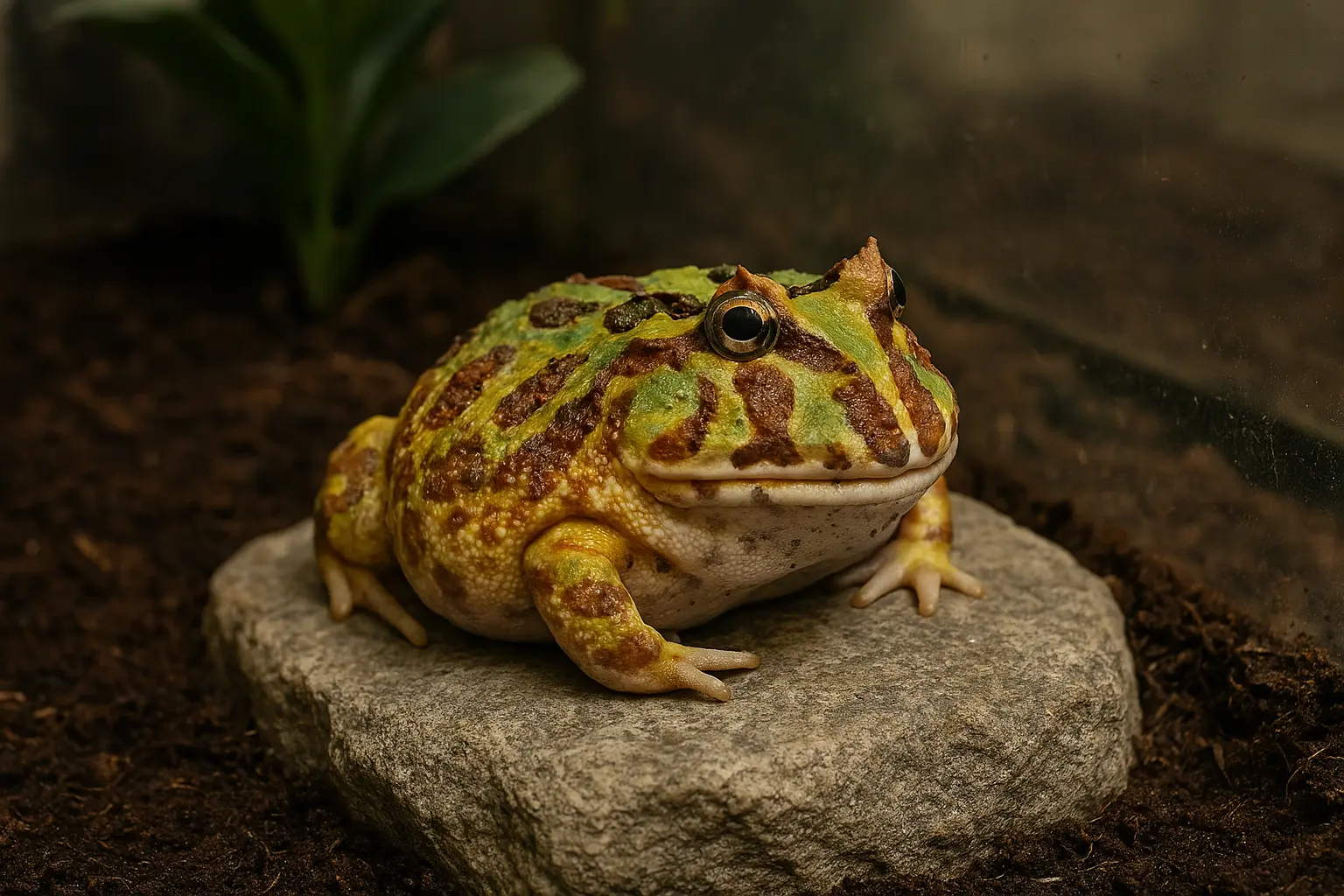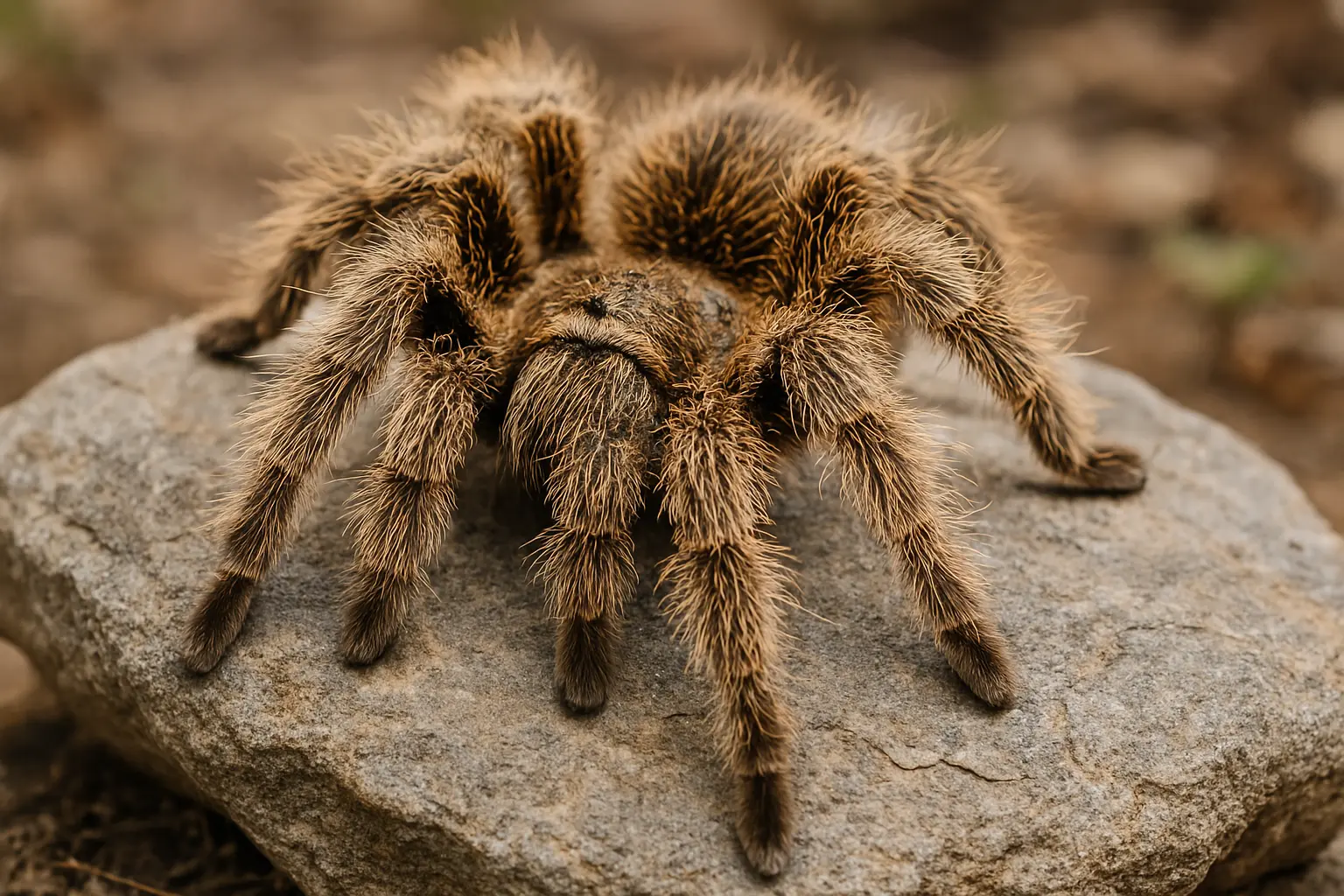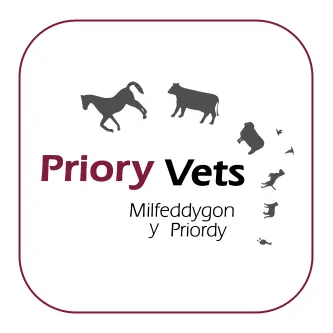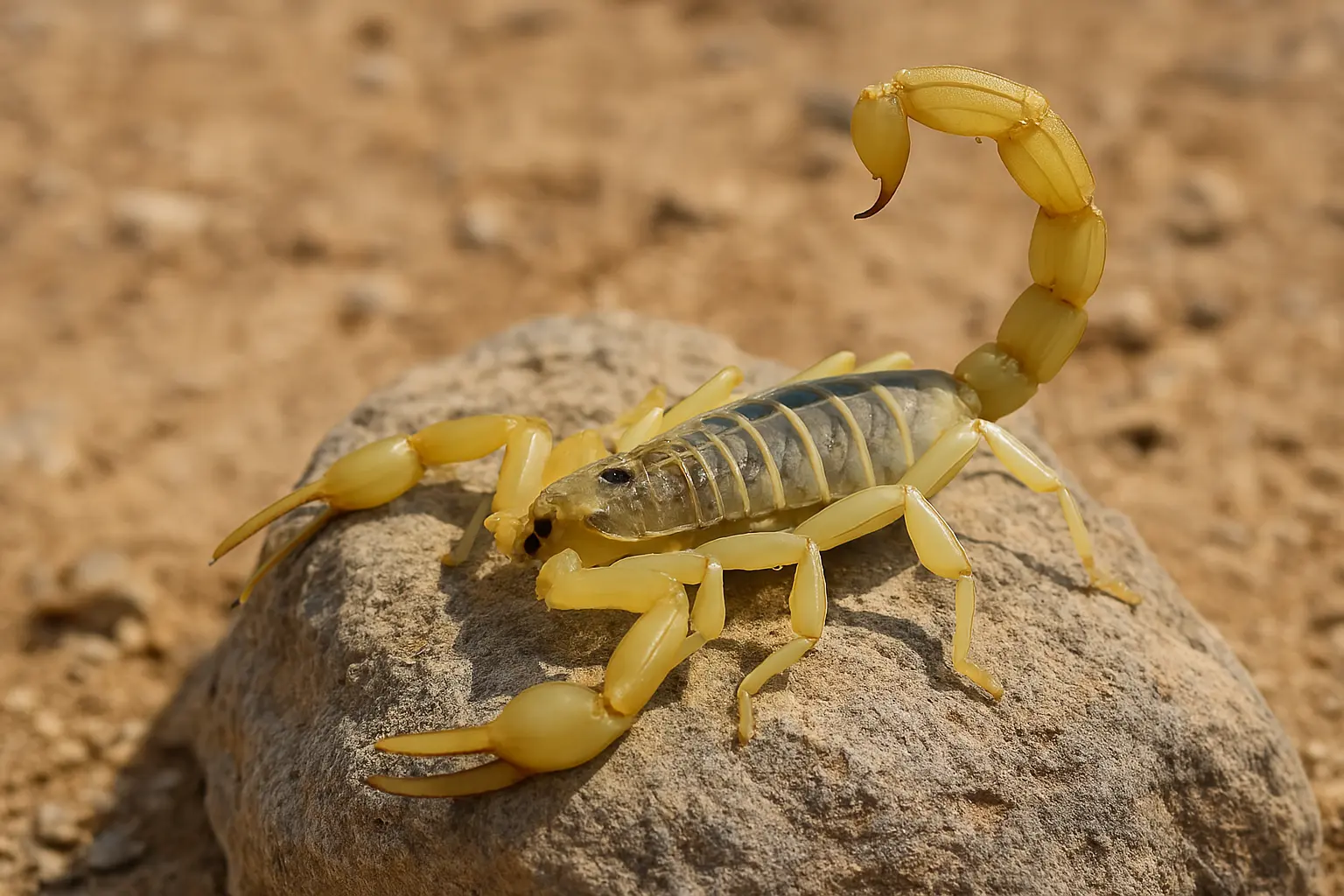
Thinking of Getting a Deathstalker Scorpion? Read This First
The Deathstalker Scorpion (Leiurus quinquestriatus) is infamous for its potent venom and menacing appearance. Revered by arachnid enthusiasts and feared by the general public, this species is not for the faint-hearted or inexperienced. However, with the right knowledge and respect, it can be kept safely in a secure environment as a fascinating display animal.
If you're thinking about adding a Deathstalker to your exotic pet collection, this comprehensive guide will help you understand the risks, requirements, and responsibilities involved.
Quick Facts
- Scientific Name: Leiurus quinquestriatus
- Common Name: Deathstalker
- Origin: Middle East and North Africa
- Size: Up to 7–10 cm (3–4 inches)
- Lifespan: 4–6 years in captivity
- Temperament: Highly defensive and fast
- Venom: Extremely potent; potentially medically significant
- Experience Level: Advanced keepers only
Important Disclaimer
The Deathstalker is not a beginner pet. Its venom is one of the most toxic of all scorpion species. While fatal stings are rare and usually occur in vulnerable individuals (e.g. children, the elderly, or those with allergies), serious medical complications are possible. Extreme caution, proper housing, and a risk-aware attitude are essential.
Is a Deathstalker Scorpion Right for You?
This species is best suited to advanced invertebrate keepers who:
- Have experience with defensive and venomous arachnids
- Are comfortable using tools for all interactions
- Understand the risks and take all necessary safety measures
- Are keeping the scorpion for observation only—not interaction or handling
Pros
- Visually striking with a yellow, translucent exoskeleton
- Fascinating to observe due to its alert and responsive behaviour
- Low-maintenance once enclosure is properly set up
- A prized species among experienced collectors
Cons
- Highly venomous and medically significant
- Very defensive and fast-moving
- Illegal or restricted in some areas
- Not suitable for handling under any circumstances
- Requires escape-proof, secure housing
Housing Requirements
Security is the top priority when housing a Deathstalker.
Enclosure
- Use a secure glass or acrylic terrarium with a lockable, escape-proof lid
- A 20–30 litre enclosure is adequate for one adult
- All vents and openings must be too small for the scorpion to squeeze through
- Keep the enclosure in a locked room or cabinet if possible
Substrate
- Use a dry desert-style substrate such as a sand-soil mix
- Depth of 5–10 cm is sufficient for light digging
- Avoid excess moisture—this is an arid species
Temperature and Humidity
- Temperature: 26–32°C (79–90°F)
- Humidity: 40–55%—do not mist the enclosure heavily
- Provide a heat mat on the side or a controlled overhead heat source
Hides and Decor
- Include at least one secure hide such as cork bark, half a log, or a rock cave
- Keep enclosure minimal to reduce risk during cleaning
- Avoid sharp or unstable decor that may harm the scorpion or obstruct your tools
Lighting
- No UVB required; they are nocturnal
- A red LED or night-viewing bulb can be used for observation
Feeding and Diet
Deathstalkers are insectivores with a strong prey drive.
Recommended Foods
- Crickets
- Locusts
- Dubia roaches
- Occasional small mealworms
Feeding Schedule
- Juveniles: every 2–3 days
- Adults: once or twice a week
- Use long feeding tongs—never place prey by hand
- Remove uneaten prey after 24 hours to prevent stress
Water
- Provide a shallow water dish
- Refill and clean regularly, even though the scorpion may drink rarely
Handling and Safety
Never handle a Deathstalker.
- Use long soft-tipped forceps or tongs to perform maintenance
- Wear gloves and long sleeves when accessing the enclosure
- Do not open the enclosure unless the scorpion is visible and away from the lid
- Keep the enclosure in a location where children, pets, and untrained individuals cannot access it
- Have a plan in place for emergencies, including contact details for local medical facilities familiar with envenomation
Cleaning and Maintenance
- Spot clean weekly, removing waste and leftover food
- Deep clean every 4–6 months—relocate the scorpion using a secure container first
- Always use tools to move items within the enclosure
- Ensure the enclosure is sealed before and after cleaning
Health and Common Issues
Signs of a Healthy Deathstalker
- Alert, fast-moving, and responsive to stimuli
- Smooth, yellow exoskeleton with no signs of dehydration
- Regular feeding response
Common Problems
- Dehydration: Rare, but ensure water is available and humidity is not too low
- Injuries from falls or unstable decor: Secure all items firmly
- Parasites or mites: Keep the enclosure dry and clean
Legal and Ethical Considerations
- Check your local and national laws—Deathstalkers may be banned or restricted
- Only buy from licensed, reputable breeders who can provide proof of captive breeding
- Do not import or trade this species without proper permits
- Be aware that improper care or escape could result in legal consequences
Deathstalker Scorpion vs Other Species
- Compared to Emperor Scorpions: Much more dangerous and aggressive; not suitable for beginners
- Compared to Desert Hairy Scorpions: Smaller but far more venomous; less tolerant of mistakes
- Unique Traits: Bright yellow colouring, thin pincers, potent venom, and nervous, reactive behaviour
Final Thoughts
The Deathstalker Scorpion is a fascinating and beautiful creature—but it demands respect and expertise. It is not a pet in the traditional sense. Instead, think of it as a living display, a creature to be appreciated from a distance.
If you have the experience, the right setup, and a meticulous approach to safety, keeping a Deathstalker can be a rewarding challenge. But if you’re unsure, it’s best to start with a less dangerous species and work your way up. In the world of venomous invertebrates, caution is always better than regret.
Related Vets
Vets near you
Speciality vets
- Aquatics vet specialists
- Birds vet specialists
- Camelids vet specialists
- Cats vet specialists
- Cattle vet specialists
- Deer vet specialists
- Dogs vet specialists
- Equines vet specialists
- Exotic vet specialists
- Goats vet specialists
- Pigs vet specialists
- Poultry vet specialists
- Sheep vet specialists
- Small Mammals vet specialists
- Wild vet specialists
